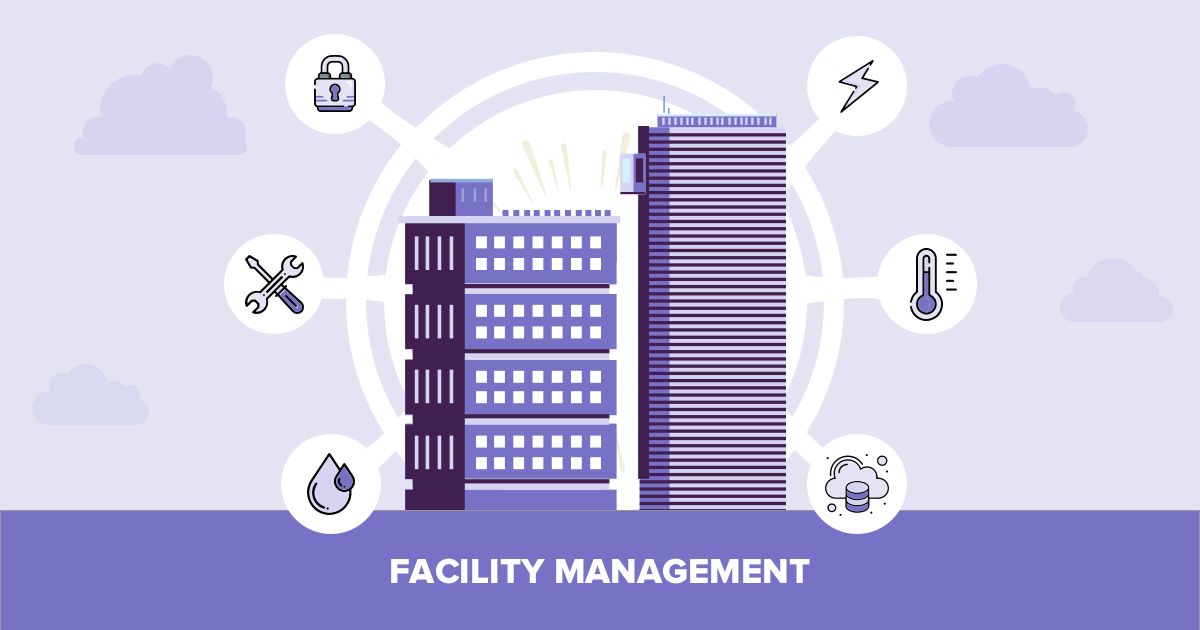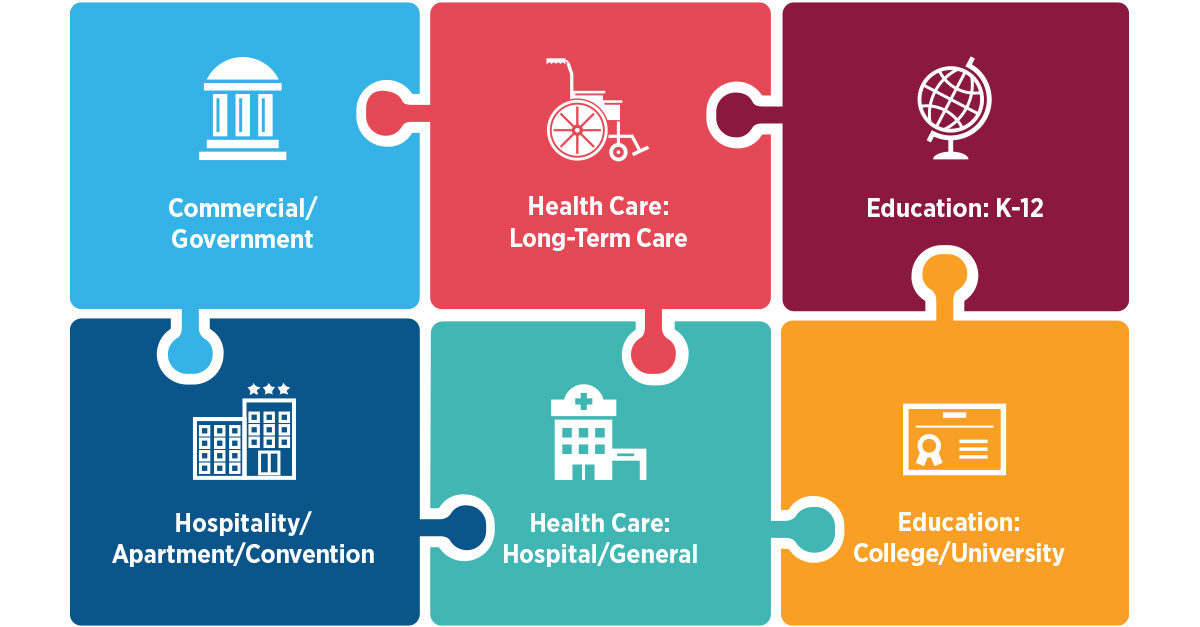The Crucial Overview to Facility Monitoring: Approaches for Success
Center monitoring plays a vital role in the general success of a company, serving as the backbone that supports productivity, effectiveness, and security. The subtleties of reliable facility monitoring expand beyond simple logistics and call for an extensive understanding of both qualitative and quantitative metrics.
Recognizing Facility Management
What makes up effective facility administration? Efficient center administration encompasses the coordination of numerous organizational features to ensure that constructed environments are risk-free, efficient, and for efficiency. It incorporates the principles of business, design, and design management to develop a seamless operational circulation within an organization.
Secret elements of center management consist of room preparation, maintenance monitoring, and conformity with health and wellness guidelines. Room preparation focuses on maximizing using physical sources to sustain business objectives, while maintenance management guarantees that facilities are kept in optimum condition, making the most of life expectancy and minimizing operational costs. Compliance with governing and lawful standards is critical, as it safeguards the organization versus possible liabilities and enhances its online reputation.
Furthermore, efficient center administration relies on the tactical usage of technology, such as Building Management Equipment (BMS) and Computer-Aided Facility Monitoring (CAFM) devices. These technologies assist in real-time surveillance of building systems and enhance maintenance processes (Facility Management). Ultimately, a detailed strategy to center monitoring not only advertises operational performance but likewise fosters a positive atmosphere for site visitors and workers alike, driving general organizational success

Key Strategies for Optimization
Optimizing center management requires a critical method that lines up operational techniques with organizational purposes. To achieve this, the very first essential approach is the execution of incorporated technical options. Using advanced software application systems permits real-time tracking of facility operations, assisting in data-driven decision-making and enhancing overall performance.
Second of all, routine assessments of facility performance are necessary. Performing routine examinations and audits makes it possible for center supervisors to identify locations that require enhancement, ensuring that resources are alloted efficiently. This positive strategy aids in decreasing downtime and boosting solution delivery.
One more crucial technique is cultivating cooperation throughout departments. By encouraging open communication in between teams, facility managers can much better align their methods with service goals, causing boosted operational synergy. In addition, engaging team in training programs advertises a society of accountability and boosts their capacity to add to optimization initiatives.
Enhancing Security Methods
Strengthening security procedures is crucial for creating a protected setting within facilities. A detailed safety method not just safeguards staff members and site visitors but also enhances functional performance. Facility Management. To achieve this, center managers should conduct normal risk evaluations to make sure and recognize potential threats that appropriate actions remain in place

In addition, clear communication networks must be developed to report security issues quickly. This consists of producing an accessible system for employees to articulate possible threats or occurrences without concern of . Leveraging innovation can improve safety and security measures; for instance, carrying out surveillance systems and gain access to controls helps keep track of facility activities and limit unapproved entry.
Finally, conformity with neighborhood policies and industry requirements is non-negotiable. Normal audits and testimonials of safety and security methods ensure alignment with present legislations and ideal techniques. By prioritizing these methods, facility managers can cultivate a culture of safety and security that protects all stakeholders and eventually adds to the company's success.
Improving Work Environment Environment
A favorable workplace setting substantially improves staff member morale and performance, making it a critical focus for center monitoring. To create such an environment, facility supervisors ought to prioritize numerous crucial elements, including comfort designs, aesthetics, and employee interaction.
Ergonomic considerations are vital to minimize physical strain and discomfort. This includes providing adjustable furnishings, appropriate illumination, and appropriate space for motion. These adjustments can lead to lowered absenteeism and enhanced work contentment.
Aesthetic appeals play a vital role fit the work environment environment. Utilizing color psychology, all-natural lighting, and plant can foster a stimulating and welcoming environment. Attentively made rooms can enhance creativity and improve overall health.
Additionally, motivating employee interaction via inclusive decision-making processes can boost the feeling of ownership and belonging. Gathering responses on workplace enhancements and including staff members in the design procedure can bring about a more customized setting that meets their needs.
Lastly, advertising well-being initiatives, such as wellness programs and leisure spaces, can even more add to an encouraging workplace culture. By concentrating on these strategies, facility supervisors can efficiently boost the workplace atmosphere, driving both employee contentment and business success.
Determining Success in Facilities
Gauging success in center administration requires an extensive method that assesses both quantitative and qualitative metrics. reference Quantitative metrics generally consist of key efficiency indications (KPIs) such as space application rates, energy consumption, maintenance costs, and occupancy degrees. These metrics supply a clear image of operational efficiency and economic performance, allowing facility managers to recognize areas for renovation and standard versus market standards.
Qualitative metrics, on the various other hand, concentrate on individual contentment and employee interaction. Studies and feedback mechanisms can evaluate exactly how well the facilities satisfy the requirements of residents, aiding to evaluate the general office environment. This facet click to investigate is vital, as a completely satisfied workforce is frequently connected to increased performance and retention rates.
To efficiently determine success, center supervisors need to also think about incorporating technology, such as constructing monitoring systems and data analytics tools, to collect and evaluate pertinent data. Routinely evaluating both sets of metrics permits a much more well balanced sight of efficiency and educates strategic choices. Ultimately, a successful facility management strategy pivots on a commitment to constant enhancement, making sure that both operational effectiveness and user satisfaction are focused on.

Final Thought
In final thought, effective facility administration is important for enhancing business performance. Focusing on safety and security protocols and enhancing work environment atmospheres even more contribute to enhanced worker complete satisfaction.
Center administration plays a vital duty in the total success of an organization, offering as the foundation that supports efficiency, security, and efficiency.Trick aspects of center management consist of space planning, upkeep administration, and conformity with health and security guidelines.In addition, effective center monitoring relies on the critical use of technology, such as Building Administration Solution (BMS) and Computer-Aided Center Management (CAFM) devices. Eventually, a detailed strategy to facility monitoring not only promotes operational performance however likewise fosters a favorable setting for site visitors and staff members alike, driving overall organizational success.
Eventually, an effective facility management method hinges on a dedication to continuous improvement, ensuring that both functional performances straight from the source and customer contentment are prioritized.